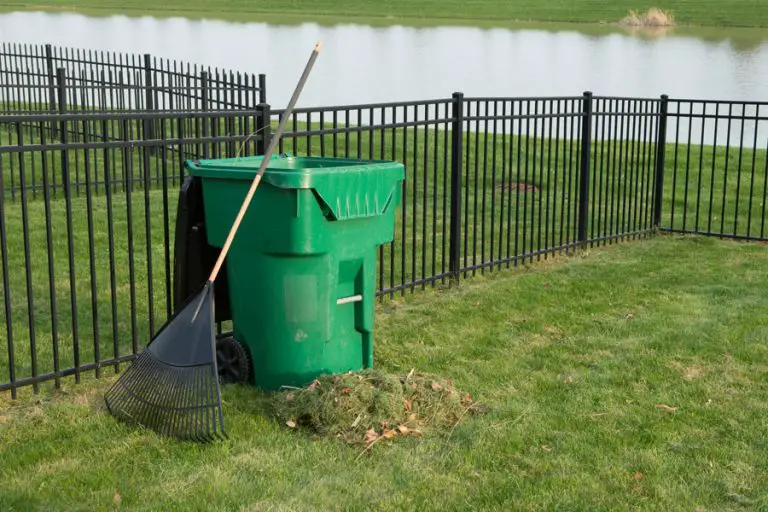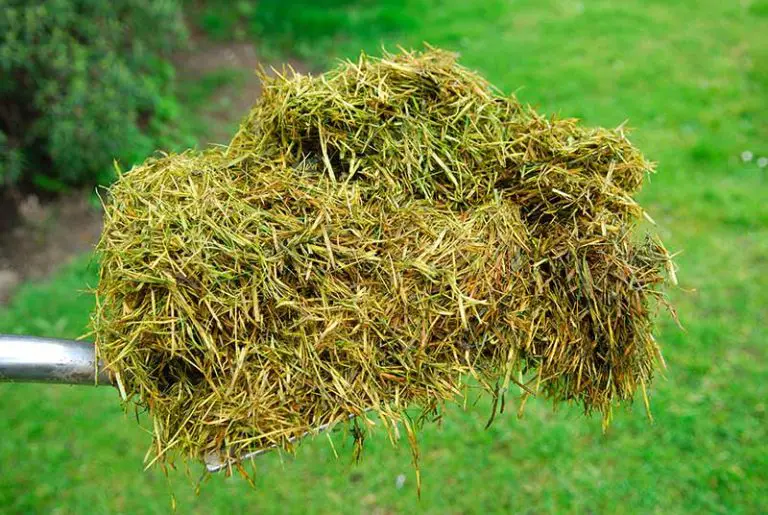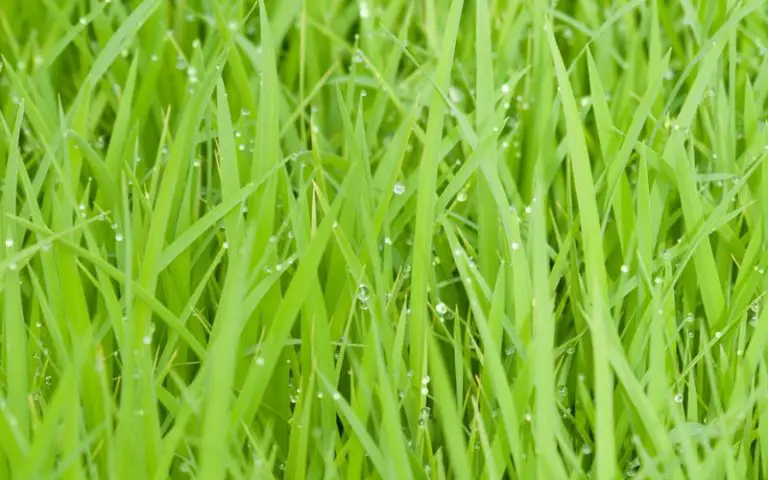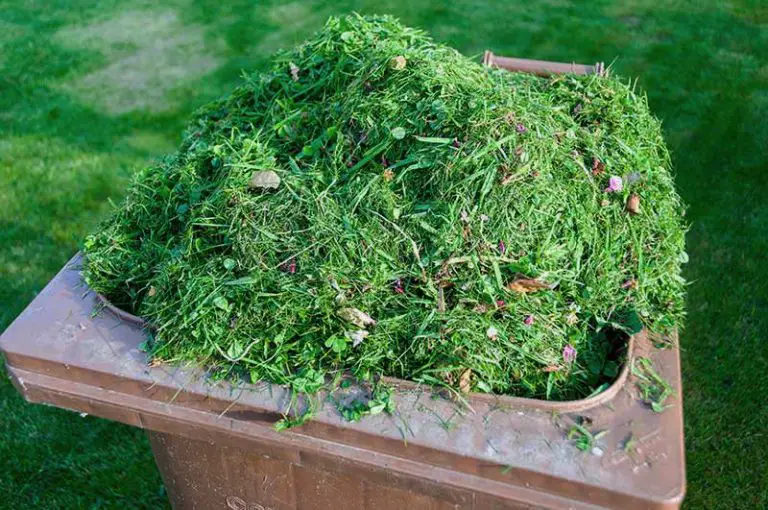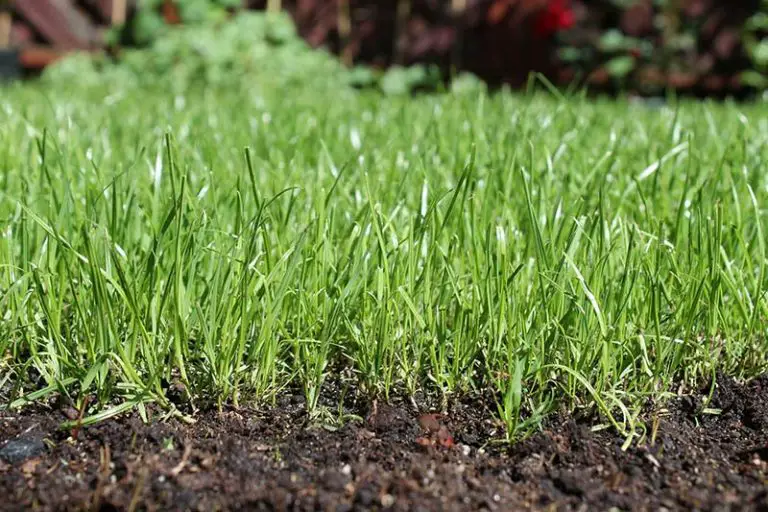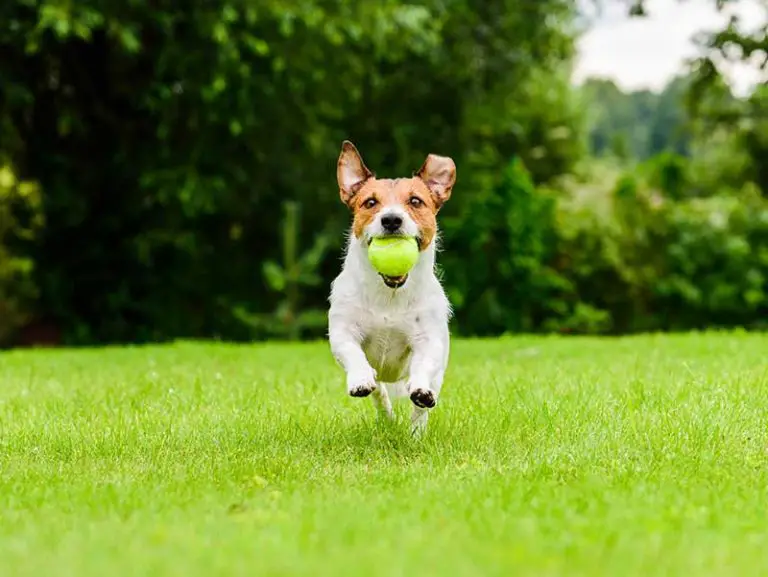Why is My Grass Turning Yellow? How To Turn it Green Again
Understanding the causes of yellow grass is vital for proper lawn care. Sometimes, it’s a lawn disease – but the majority of the time, improper lawn care practices are to blame for your yellow grass. Drought is also one of the most common reasons for a lawn turning yellow in summer, but there are a few other potential reasons you have yellow patches; lawn diseases, dog pee, over-fertilization and overwatering are all possibilities.
It’s important to identify what is the cause so you can treat the yellow grass properly.
What Color Should Healthy Grass Be?
Most lawn grasses have a lush appearance and bright-to-dark green color when they are healthy and well-nourished. Light-green and yellow shades usually indicate a problem, though the exact cause can be difficult to specify.
A healthy and well looked after lawn will be lush in appearance and have a bright-to-dark green color to it. If your lawn is a light-green or yellow shade, this usually means that there is an issue – the challenge is working out what the cause of this issue is.
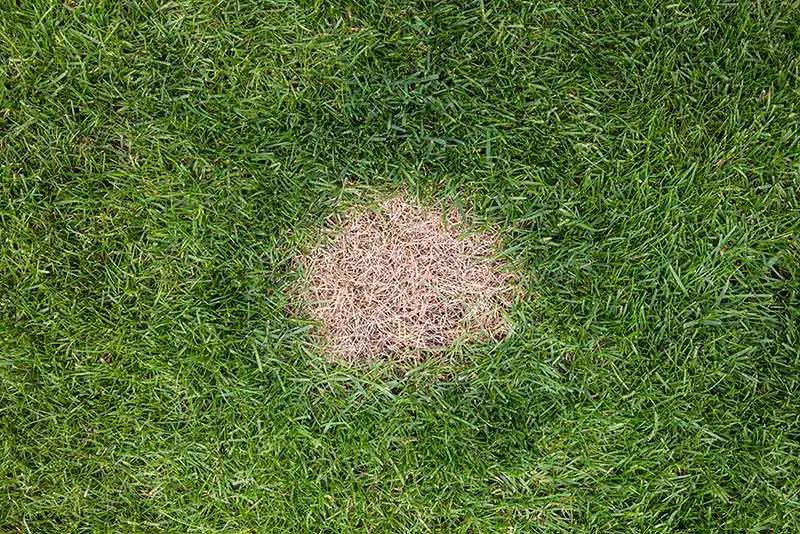
Causes & Solutions For Yellow Grass
Water Levels: Overwatering & Underwatering
When you overwater your lawn, the roots are unable to grow deep and strong. This is because too much water causes the soil to become saturated, cutting off the supply of oxygen and nutrients for root development. The grass will have shallow roots which can’t hold up against poor uptake of nutrition and you’ll start to see yellow patches on a once green lawn.
Similarly, underwatered grass will create drought symptoms, making the lawn dehydrated and then turn yellow or a shade of brown.
The Solution:
It’s time to adjust your watering routine! Watering properly is a simple but effective way to dramatically improve your lawn.
Never water your lawn unless it’s completely necessary. If there is a good amount of rain when you notice the grass turning yellow, stop watering for some time before resuming again.
- Only water your grass when two inches of topsoil is dry and requires water
- Pay close attention to the amount of water your lawn gets. That’s going to be a simple task if you run an automated irrigation system. You can adjust the frequency and amount of water to fit weather conditions and the time of year. If it runs when it’s raining or when the ground is already moist, adjust the clock timer so you’re watering less frequently
- If you don’t have an automatic irrigation system in place, monitoring your soil moisture can be a challenge, but not impossible. Focus your efforts on watering only the dry, yellow grass. It’s not necessary to water the entire lawn
- Most lawns will benefit if you water them 2-3 times a week. However, if this causes yellow spots, reduce the frequency down to 1 or 2 times per week.
- Handy tip – check your grass type and adjust to the recommended water levels – some grass types require more or less watering at different times of year
Overfertilization
Fertilizers are a necessity for healthy lawns. With that said, it’s crucial to know how to fertilize and when and how often you should do so, as too much fertilizer can easily burn your lawn. Over-fertilization will mean chemical burns that result in grass turning yellow or even dying. This is the same with most plants in that they have a preferred pH, so any variations outside of that will create problems.
Ensure you are following fertilizer product recommendations when applying your lawn to avoid burning the grass. If there is a possibility you have added too much liquid fertilizer to your lawn, try to dilute it by watering the area more.
It is also crucial to spread fertilizer in an even consistency. This will help to stop chemical burns in certain spots that get an overlap of fertilizer as you are spreading. It will also help to prevent some areas of your lawn from being nutrient deficient. Another way to achieve this is by progressively going over your lawn with a seed spreader, in the same fashion that you when mowing your lawn. Be careful towards the end of each pass when turning around, as this is where most lawn owners will drop additional fertilizer and over-apply.
If your lawn was burned because it was over-fertilized, we recommend you try the following:
- Check the roots of the grass to assess the amount of damage
- If roots are still alive, water the area extensively, which could wash away the fertilizer and help the grass to revive itself
- If the affected area of lawn is still yellow a few weeks after heavy watering, rake the area
- After raking the area, overseed and water well to which should help the lawn to regrow
Lack of Nitrogen
On the flip side to this, your grass can also turn yellow if it isn’t getting enough nutrients. There are some tell-tale signs to look out for if this is the case:
- Your grass is growing slowly and thinly
- Your grass blades will look yellow or brown at the tips
- Your grass wilts easily
- Your grass is a light green color rather than the healthy deep green
Be sure to use fertilizer on your lawn so it can benefit from added nutrients – just ensure you don’t over-fertilize as described earlier in this article. We recommend using this Maximum Green & Growth high-nitrogen fertilizer (NPK 28-0-0) to quickly add nitrogen back into your soil if it’s lacking in this nutrient – it is formulated to be 70% quick-release and 30% slow-release, so it will provide some longevity in its nourishment too. Alternatively, see our article How to Add Nitrogen to Soil for more details on a range of organic and inorganic methods to boost the nitrogen levels in your lawn.
Lawn Diseases
A yellow lawn is often a sign of disease caused by an overgrowth of lawn fungus. Some lawn diseases present yellow to brown colored patches. Brown patch fungus, dollar spot, and several other diseases begin by showing signs of yellowing leaves or undergrowth.
Lawn diseases are classed as the fungal variety. These diseases are usually classified as fairy rings, fusarium, snow mold, or dollar spot amongst others.
In addition to the yellow grass, you may also notice a coating of a white or black powder-like substance. Lawn diseases are usually present because there is too much moisture. Excess moisture can be due to overwatering, watering late in the evening, or possibly because of a thick layer of thatch in your lawn. This layer will prevent water from penetrating the soil and instead just keeps your grass wet.
The best way to tackle lawn disease is prevention – and that means properly maintaining your lawn with several methods of horticulture care.
Regular mowing, aeration, dethatching, and the most basic and easy tip; watering at appropriate times.
It may seem laborious and overkill, but aeration is the most effective prevention for disease and a healthy lawn. It helps air circulate beneath the soil and means your turf won’t become waterlogged. On top of this, other lawn care activities like overseeding and fertilization are much more effective after aerating your lawn.
It is recommended that the aerating and dethatching of lawns once every 2 years is ideal to keep your grass healthy. Overseeding your lawn and adding a thin layer of compost at the same can achieve better results.
If you have a returning disease problem even after all the recommended lawn care tips, then you could resort to using a fungicide in the spring. This is an easy and cheap process, and should solve any disease problems in your lawn. We recommend using Scott’s DiseaseEx Lawn Fungicide for a fast-acting line of defense that eliminates disease and prevents it from returning to your lawn.
Dog Urine Spots
Dog urine naturally contains high traces of nitrogen. If your dog is prone to peeing on your lawn, you may start to notice yellow spots. Urine and feces contain a lot of nitrogen that will cause chemical burns to your grass. Urine can also muddle with the pH of the soil that your grass is trying to grow in, so affects its development and ultimately makes the lawn unhealthy.
To stop your grass from turning yellow and dying after a dog does its business on it, try one or more of these methods:
- Dogs will naturally pee in the same place every day, which can make the problem worse. In might be an idea to take your dog to a different place to do their business, or attempt to train your canine friend to go elsewhere
- Spray down affected areas immediately with water to help dilute the urine, or follow the pet in the yard and spray a neutralizer immediately after he pees. This is a cumbersome and labor intensive task so not really recommended unless only for an odd occasion when your dog is at home and needs to pee
- The best prevention method is to purchase some dietary supplements for dogs which can help to make their urine grass-friendly. This is obviously more costly but is a great way to prevent yellow grass from dog pee
If it’s too late and your grass has been burned with the dog urine, try these methods of restoring your lawn:
- Remove any matted or dead grass from the lawn
- Use a small gardening tool to poke a few shallow holes in the soil
- Reseed or re-sod your lawn
- Or, use a patch and repair seed mixture which can be purchased as most garden centres
Refer to our guide How to Grow Grass with Dogs for more information on how to grow a healthy lawn that can be enjoyed by you and your four-legged friends.
Mowing Problems
Do you notice yellow grass tips after mowing your lawn? Your lawnmower could be the reason your lawn is yellow! Mowing grass too short in hot weather can cause it to burn because shorter grass will naturally have a shorter, weaker root system.
If the mower blades are too blunt, your lawnmower will tear and hack grass blades rather than giving a clean cut, which will leave them open and likely to disease. This can cause the top parts (the crowns) of your grass to look yellow and dry.
To prevent this kind of lawn damage from mowing, try the following:
- Sharpen the blades of your lawnmower at least once a year
- Mow at a height lower than your last mow to give new shoots the opportunity to come up
- Keep your lawn about 3 inches long
- Mow your lawn at optimal times of day (8 am – 10 am, 4 pm – 6 pm)
- If you really want a clean cut, consider using a reel mower that will achieve a cleaner cut than powered mowers
Lawn Grubs
Lastly, the cause of your yellow lawn patches could be down to a creepy crawling culprit! There are many pests that eat at the roots of your lawn, and this will lead to the grass turning yellow.
Look for any small bugs, egg sacs, powdery coatings on grass blades, or possibly on rare occasions, holes in the ground that have been made by bugs.
A useful recommendation is to dig a small section of your affected lawn up so you can look under the turf and at the soil. You can safely do this without much damage by cutting a flap (which can be replaced) into your lawn to look underneath the turf.
If you find any pests like lawn grubs (this could usually be brown spots, as well as yellow) or chinch bugs – there are ways to treat the problem by applying insecticides to your lawn. For best results, choose an insecticide that has been specially formulated to combat grubs, such as Scotts GrubEx1 Season Long Grub Killer.
Conclusion
As you can see, yellow lawns can be caused by an array of different reasons – the key is to investigate fully before applying any lawn care techniques if you have a serious case of yellow grass.
But we prefer the prevention and care methods, so applying good horticulture practices and implementing the handy preventative measures so that you keep yellow lawn away – nobody wants their healthy green grass looking uncared for and sad!

